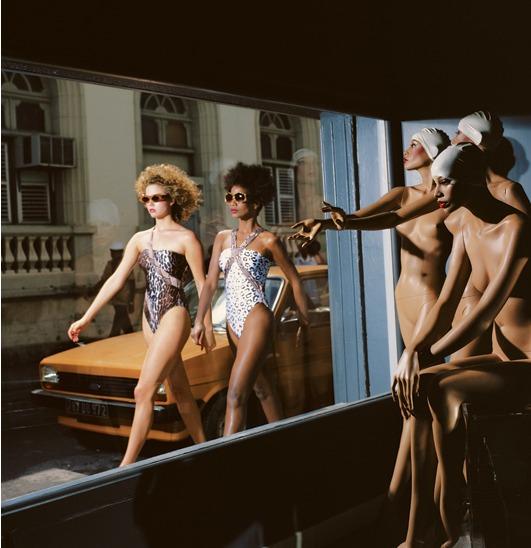THE ART OF VISUAL NARRATIVES
As I proposed in my ‘statement of intent’ post, by the end of this project, I plan to have created a series of images conveying narratives that will relate through their quirky and unconventional natures.
To begin exploring narratives present within art, I have created this post with the aim of assessing the concepts and ideas within imagery, and more specifically the movements they conform to. By investigating other artists I hope to be inspired and enthused to respond accordingly with my own creations.
Art Photography Movement
During the twentieth century, fine art photography and documentary photography were accepted by the western art world, at first, fine art photographers attempting to imitate painting styles. This movement is called Pictorialism, often using soft focus for a dreamy, ‘romantic’ look.
A branch of art photography includes conceptual photography, which can be described as an incorporation of a concept or idea into a photograph. Even though what is depicted in the photographs are real objects, the subject is strictly abstract. An artist I would like to respond to within my narratives project and whom I feel adheres to this concept is Gregory Crewdson.
Gregory Crewdson


Suspended narrative
As well as conforming to conceptual photography, Gregory Crewdson and the inspiration behind his photographs, Edward Hopper, also follow the suspended narrative form.
Suspended narrative, by many critics, is considered one of the most compelling forms in art, supplying the viewer with a snap shot in time of an on going story, consequently allowing the viewer to become a part of the narrative momentarily connected with the subject, they are ‘stimulated to imagine what the rest of the story might be’.
Edward Hopper
Edward Hopper (1882 – 1967) was a prominent American realist painter working in the medium of oils, he created scenes through extensive research and sketching often trying out different poses for his characters before producing the final image.
Hopper’s work, in accordance with suspended narrative, creates the sense of a momentary snap shot of people and places, however, in reality they are often his own creations that have been meticulously considered, including the nature of the relationship between people within that narrative focal point. These aspects of his work are perhaps best represented in his iconic painting of a New York diner, entitled Nighthawks.
Gregory Crewdson
As mentioned above, Gregory Crewdson represents a more contemporary artist of suspended narrative, who specialises in photography creating film sets of small town suburban America.
In his most famous series, Twilight, Crewdson’s images are captured, as the title suggests, in twilight conditions, emphasising light and dark, and the transition between two states. Similarly to Hopper, he is ‘obsessed with attention to detail down to how much salt is in the pot’.
Tom Hunter

Similarly to Crewdson, who takes inspiration from Hopper’s oil paintings, Tom Hunter references iconic Renaissance imagery to produce beautifully lit photography that is representative of pictorialize.
Annie Leibovitz
Advertising fashion photography often draws on the world art, Annie Leibovitz and Grace Coddington’s series of re-contextualised famous artworks, featuring actress Jessica Chastain, is no exception to this pictorialism.
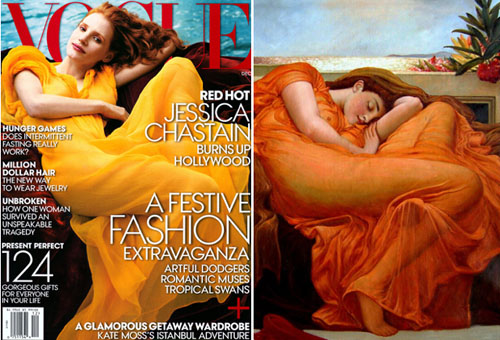


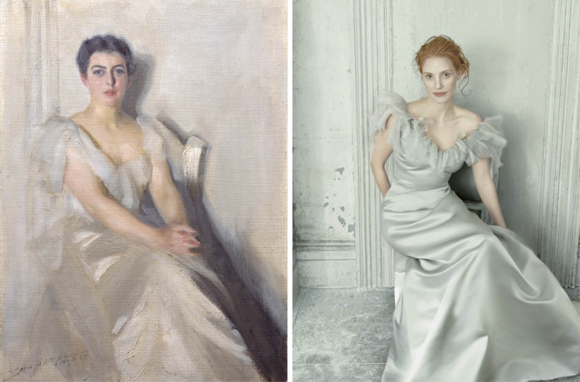


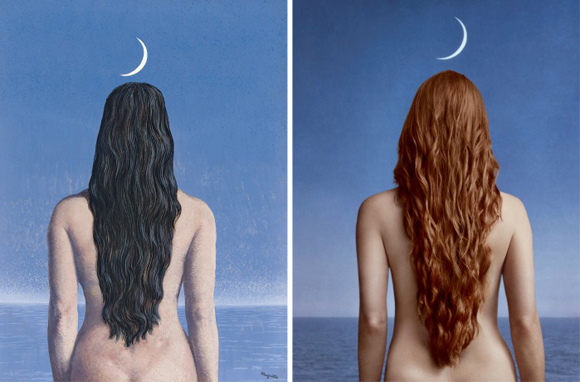
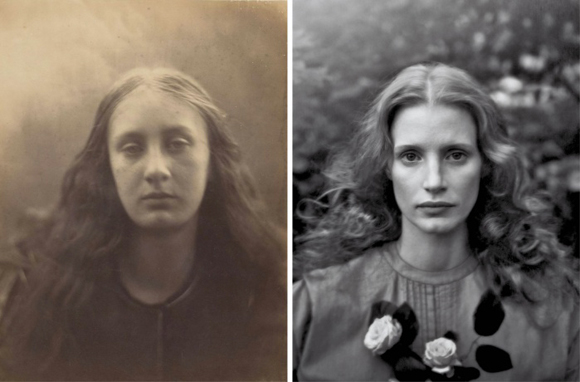
Expressionism
Expressionism was a modernist movement originating in Germany at the beginning of the 20th century. The movements typical trait is to present the world solely from a subjective perspective, distorting it radically for emotional effect in order to evoke moods or ideas. Expressionist artists sought to express the meaning of emotional experience rather than physical reality.
Minimalism
Minimalism describes movements in various forms of art and design, especially visual art and music, wherein artists intend to expose the essence or identity of a subject through eliminating all nonessential forms, features, or concepts. Minimalism is any design or style wherein the simplest and fewest elements are used to create the maximum effect.
Richard Avedon
Richard Avedon is an artist whose work conforms to both Expressionism and Minimalism, he creates narratives that convey an emotional physicality whilst remaining simplistic in their nature.
Modernism
‘Modernism is a philosophical movement that, along with cultural trends and changes, arose from wide-scale and far-reaching transformations in Western society during the late 19th and early 20th centuries. Among the factors that shaped modernism were the development of modern industrial societies and the rapid growth of cities, followed then by reactions of horror to World War I. Modernism also rejected the certainty of Enlightenment thinking, and many modernists rejected religious belief’.
Modernism, in general, includes the activities and creations of those who felt the traditional forms of art, architecture, literature, religious faith, philosophy, social organization, activities of daily life, and even the sciences, were becoming ill-fitted to their tasks and outdated in the new economic, social, and political environment of an emerging fully industrialized world.
A notable characteristic of modernism is self-consciousness and irony concerning literary and social traditions, which often led to experiments with form, along with the use of techniques that drew attention to the processes and materials used in creating a painting, poem, building, etc. Modernism explicitly rejected the ideology of realism and makes use of the works of the past by the employment of reprise, incorporation, rewriting, recapitulation, revision and parody.
Guy Bourdin
Guy Bourdin work is representative of the self-conscious irony in realistic, a response to the far-reaching transformations in Western society that is entirely characteristic of modernism.
